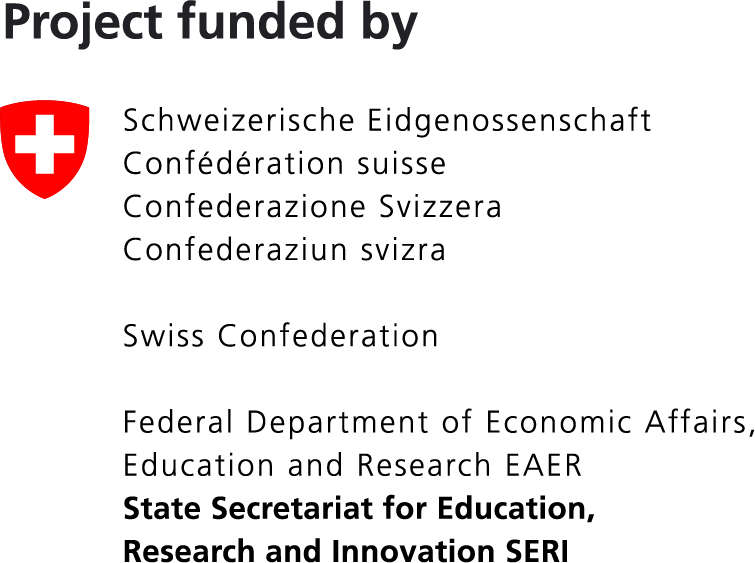Celebrating European Mobility Week 2024
24 September 2024
Cities across Europe are coming together to rethink urban mobility and promote greener, healthier alternatives to car travel. Supported by CIVITAS New Mobility Services projects such as SUM, metaCCAZE, GEMINI, and MOBILITIES FOR EU, this year’s edition of European Mobility Week from 16-22 September highlighted innovative approaches to reduce emissions, reclaim public spaces, and engage citizens in co-creating sustainable transportation solutions.
Sustainable Mobility in Action: Espoo’s “Cycle4Climate” Initiative
A standout example of these efforts is Espoo, Finland’s Cycle4Climate initiative. Running from 2024 to 2027, Cycle4Climate aims to boost cycling infrastructure and encourage residents to choose bikes over cars. This initiative is key to Espoo’s strategy for cutting emissions and achieving its climate targets.
In MOBILITIES FOR EU, Espoo’s Living Lab is envisioned to improve door-to-door trips with more sustainable mobility solutions. New, innovative connecting/last mile mobility and services are needed to create smooth travel chains and comfortable transfers. Electrification and automation are also critical to the growing area of logistics to guarantee sustainable deliveries of goods all over the city.
European Collaboration for a Greener Future
Cycle4Climate is just one example of how European cities are working together to test out new forms of clean mobility, take stock of current transport challenges, and progress towards more sustainable mobility for Europe.
To learn more about how cities are transforming mobility, visit the official European Mobility Week page here.
(c) City of Espoo


